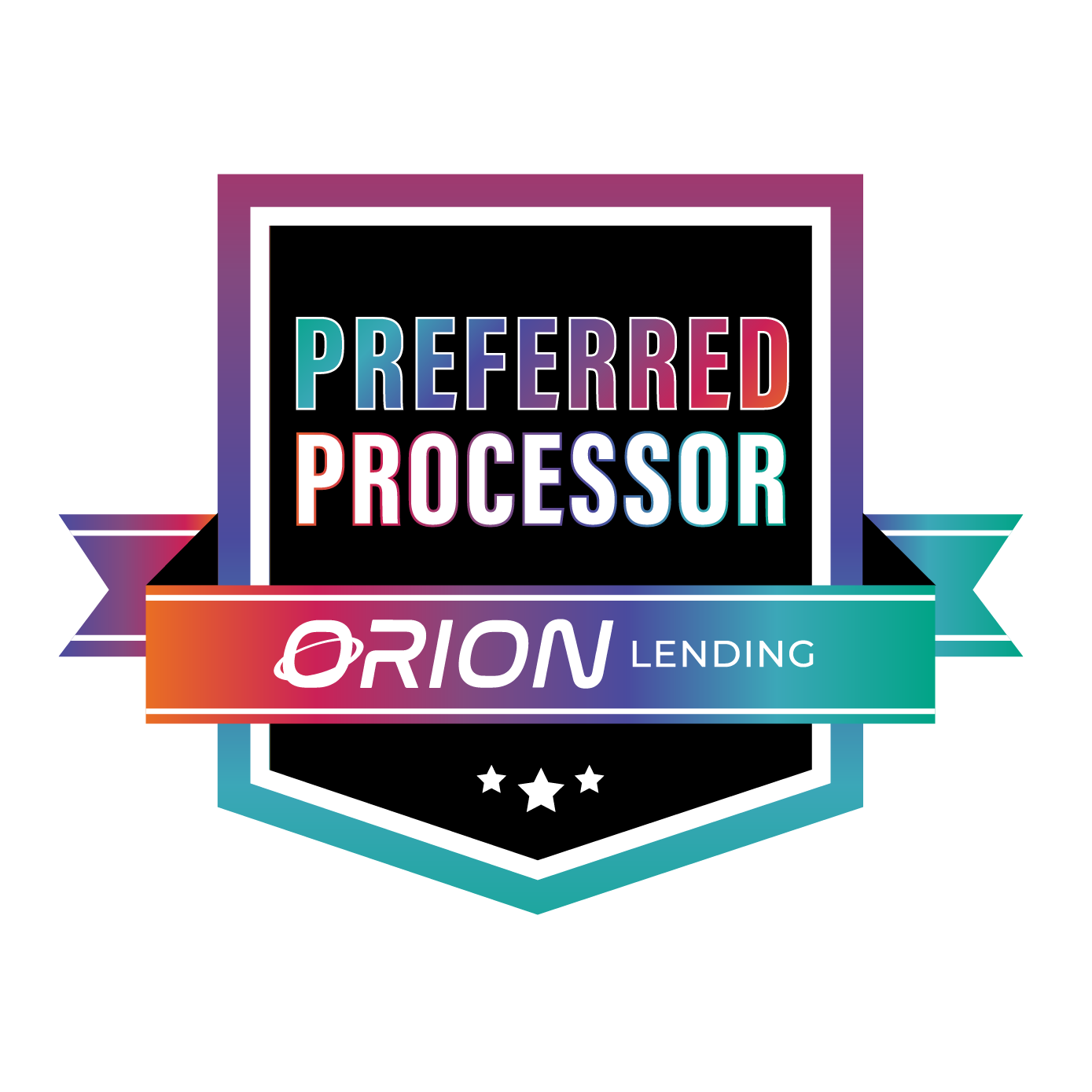Key Aspects of the Mortgage Loan Processing Workflow

A clear understanding can help you build your business.
Navigating the mortgage loan processing workflow can be a complex journey, but understanding its key aspects is essential for both brokers and borrowers aiming for a smooth transaction.
Whether you're new to the industry or looking to refine your operations, mastering the mortgage loan processing workflow can be a game-changer for building a thriving business.
What is Mortgage Loan Processing?
The first step to truly understanding the mortgage loan processing workflow starts with making sure you can answer one key question: What is mortgage loan processing?
Processing is the stage of the mortgage process in which a processor reviews, verifies, and prepares a borrower's loan for underwriting.
These processing professionals typically have clear, specific workflows that they follow to ensure a smooth path toward underwriting.
The Mortgage Loan Processing Workflow
There are six key elements of the mortgage loan processing workflow. They include:
Document Review
Most loan processors start by reviewing all documentation submitted by you and your borrower.
While some mortgage brokers will do their own initial sweep before submission, it's important that the processor double-checks that everything is present and accounted for. This might include immediately locating key metrics, like income and credit score, and double-checking any calculations.
As you can imagine, this is a fairly manual, hands-on process for most loan processors. They'll need to exercise keen focus and exceptional attention to detail at this stage.
Clarification
Sometimes, the processor's document review will raise questions.
This could include uncertainty due to inconsistencies. For example, some files might list the borrower's income as $65,000 in one location, and $65,500 in another. They'll need to know which figure is correct before moving forward.
Or, if the borrower has blemishes on a credit report, nontraditional income, financial hardships, or other extenuating circumstances, more context might be required.
In these cases, the next step in their workflow will be to reach out for clarification.
Supplementation
The mortgage loan processor might request more than just answers. In some cases, they'll need additional documentation.
Sometimes, documents can slip through the cracks, leading to incomplete files. In these cases, you'll simply need to work with the borrower to track down any outstanding items and get them to the processor.
Or, if your borrower does have extenuating circumstances, the processor might need additional documentation. This might include a letter of explanation if they've struggled financially or additional tax documentation if they're self-employed.
Verification
Once the processor has all the answers and documents needed, they'll verify all the information.
Your clients' file must be verified before it's submitted to the underwriter to avoid any issues or unexpected delays.
So, the processor will typically request an official credit report. They may also contact the borrower's employer and/or bank. Essentially, they'll do their due diligence to confirm that the information provided is true and accurate.
With such high stakes, this is one of the most important steps in the mortgage loan processing workflow.
Organization
If the verification process goes well and the borrower's information all checks out, the mortgage loan processor will get to work organizing the file.
Most lenders have a specific format that applications must adhere to. The format is optimized for the underwriter, so they can quickly and easily review and assess the loan.
In the organization stage, the processor is essentially arranging your client's application to fit this format.
Final Check
Finally, before handing the client's information over to underwriting, the processor will usually complete one last check.
They'll ensure all information is included, accurate, and easily understood.
Then, it's off to the next step in the mortgage process: Underwriting!
Wrapping Up: Key Aspects of the Mortgage Loan Processing Workflow
Understanding the mortgage loan processing workflow is more than just knowing the steps—it's about recognizing the critical role each one plays in ensuring a successful loan experience.
From document review to the final check, every phase is designed to protect both the borrower and the lender while paving the way for a smooth underwriting process. By familiarizing yourself with this workflow and collaborating closely with skilled processors, you can streamline operations, reduce delays, and ultimately build a stronger, more efficient mortgage business.




